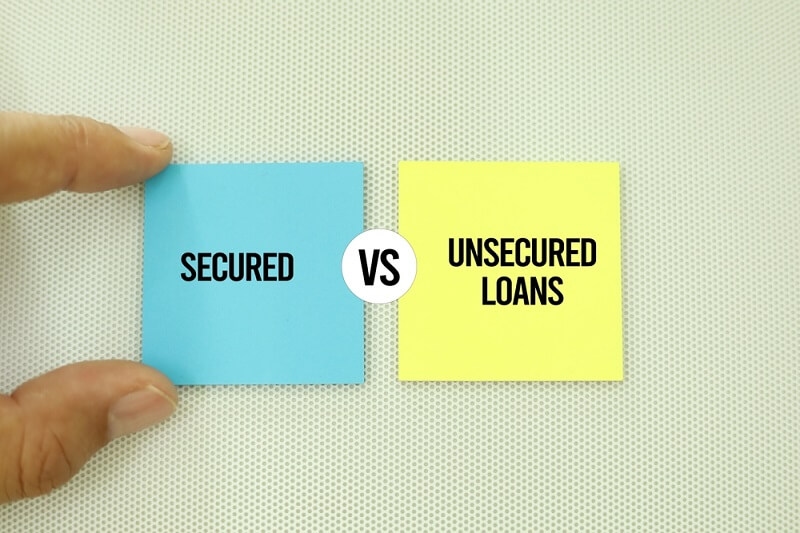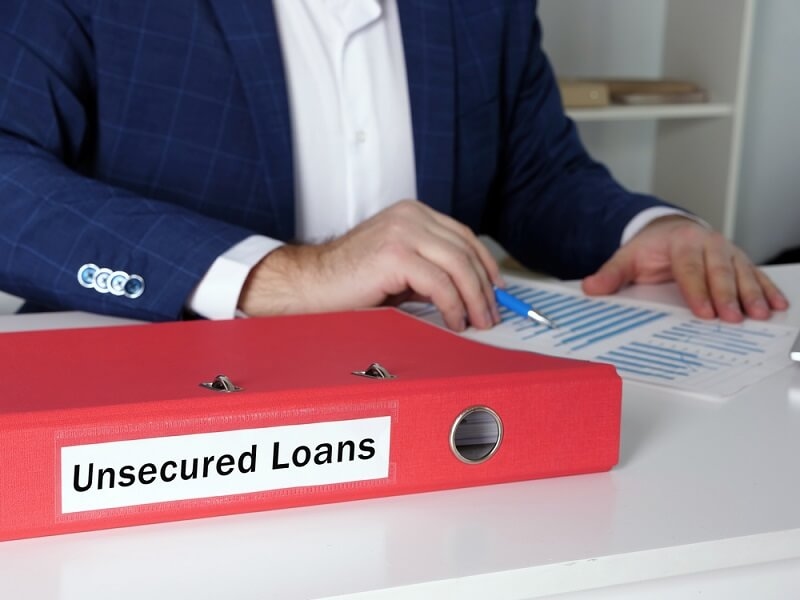
Borrowing from loans is an option to consider when you have a significant purchase expense, want to consolidate debt, or have an unanticipated expense. As you prepare to borrow, it is just as important to understand the difference between secured and unsecured loans. Secured loans have very different terms, conditions, risk characteristics, and qualifiers from unsecured loans that can affect your ability to manage your financial decisions.
In this article, you will gain an appreciation for secured loans and unsecured loans, as well as the benefits and drawbacks of each type of loan, and identify which ones may be viable for your situation.
In a secured loan, the loan is secured by an asset you have, which is often called collateral; the lender does this to provide the lender some security if you default. If you default on the loan and the terms establish a specific default provision, the lender may take the collateral and sell it to recoup its debt.
Analyzing the benefits and drawbacks of secured loans will allow you to make more effective choices.
Unsecured loans do not involve collateral; approval depends on creditworthiness and finances. Since lenders assume more risk, unsecured loan rates are generally higher and have different requirements.
Let’s explore both sides of the coin regarding unsecured lending.

Loan collateral is a valuable asset pledged to secure a loan. It provides reassurance to the lender and affects the loan’s terms. Assets that can serve as collateral include:
By default, the lender has legal rights to seize and sell the asset. This loan collateral explained section emphasizes the importance of understanding what you risk losing in a secured loan agreement.
Here’s a side-by-side comparison to better understand secured vs. unsecured loans:
| Feature | Secured Loans | Unsecured Loans |
| Collateral Required? | Yes | No |
| Interest Rates | Typically lower | Generally higher |
| Risk to Borrower | Asset loss upon default | Credit score damage |
| Credit Requirement | Flexible | Strict |
| Loan Approval Time | Slower | Faster |
| Loan Amounts | Potentially higher | Lower limits |
This table simplifies the evaluation process by laying out critical features.
One of the most frequently asked questions is, Which loan is better for bad credit?
These loans are often more accessible for individuals with poor credit scores. The presence of collateral reduces the lender’s risk and increases your chances of approval. However, your asset is on the line.
While harder to obtain, unsecured loans are still available to those with bad credit through:
That said, interest rates will be higher, and the loan amount may be lower. Secured loans are typically better for bad credit borrowers who can offer collateral and want more favorable terms.
Selecting the right loan depends on your financial goals, credit profile, and comfort level with risk.
Whatever kind of loan type you go with, be sure to remember to
So, what is the difference between secured and unsecured loans? The main difference is whether or not you want to put an asset against the loan. If you have an asset and do not mind putting it as collateral, then secured loans will be more beneficial (and the interest will likely be lower). However, an unsecured loan may be better if you want speed, flexibility, and good credit.
Now that you know the advantages and disadvantages of secured loans, unsecured personal loan types, and how collateral for loans works, you can choose wisely when it comes time to borrow.
Whether you are facing a financial emergency, starting a business, or just trying to build credit, choosing the right type of loan will help you accomplish your goals while reducing risks.
This content was created by AI